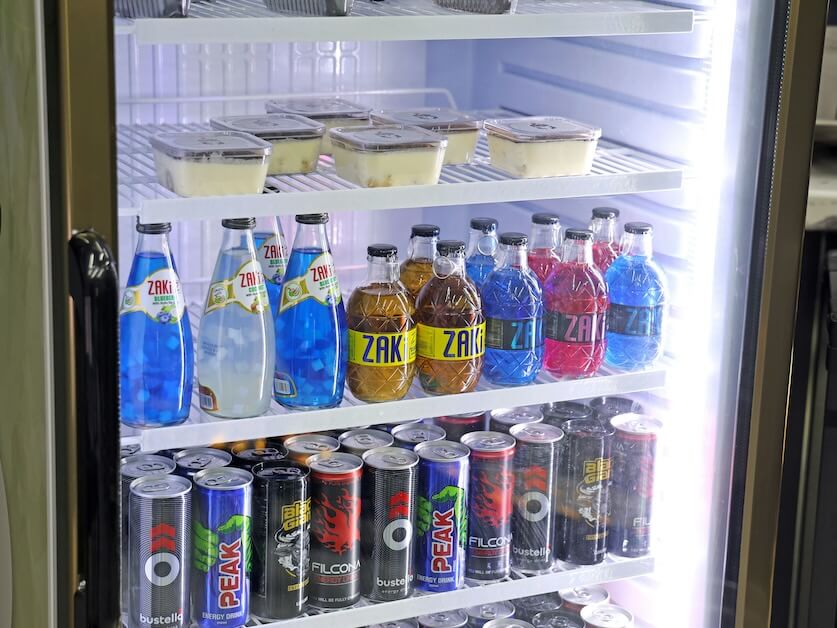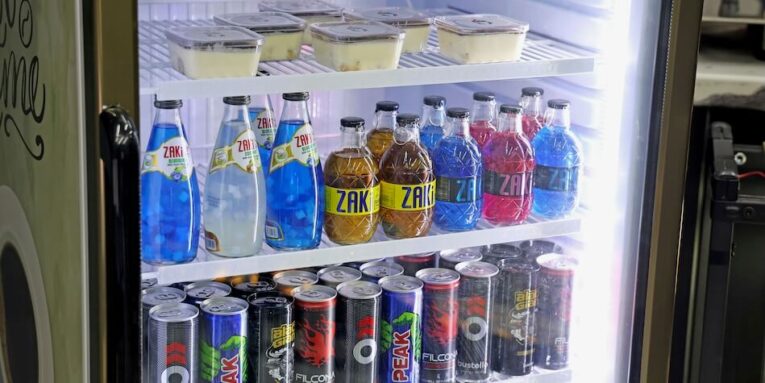Commercial refrigeration plays a vital role in keeping food and beverages fresh, safe, and ready for service. Whether you operate a café, restaurant, or large-scale food outlet, the reliability of your fridges and freezers directly affects your efficiency and reputation. Even with high-quality systems—such as the wide range of Skope commercial refrigeration products for sale—temperature control issues can sometimes occur. Knowing how to identify and troubleshoot these problems early can help prevent costly spoilage and downtime.

Why Temperature Control Matters
Precise temperature regulation is essential in commercial kitchens. Incorrect temperatures can compromise food safety, leading to spoilage, waste, and health risks. For many businesses, even a small malfunction can result in significant financial loss. That’s why it’s important to understand the common issues and how to respond effectively.
Common Temperature Control Problems and Solutions
1. Inaccurate Thermostat Readings
If your unit isn’t maintaining the correct temperature, the thermostat could be miscalibrated or faulty. Troubleshooting tip: Compare the thermostat reading with a separate, reliable thermometer placed inside the fridge or freezer. If there’s a mismatch, recalibration or replacement may be required.
2. Dirty Condenser Coils
Dust and grease build-up on condenser coils restrict airflow, causing the system to overwork and struggle to maintain the desired temperature. Troubleshooting tip: Regularly clean the coils with a soft brush or vacuum. This simple maintenance task can greatly improve efficiency.
3. Poor Door Seals
Damaged or worn door gaskets allow cool air to escape and warm air to enter, throwing off the temperature balance. Troubleshooting tip: Inspect the door seals for cracks or looseness. Replace faulty gaskets to restore energy efficiency and consistent cooling.
4. Blocked Air Vents
When products are stacked too closely, they can obstruct airflow and create hot or cold spots inside the cabinet. Troubleshooting tip: Avoid overfilling shelves and ensure air vents remain unobstructed for proper circulation.
5. Faulty Evaporator Fan
A malfunctioning fan reduces air circulation, leading to uneven cooling and unstable temperatures. Troubleshooting tip: Listen for unusual noises or check if air is moving across the coils. If the fan isn’t working, professional servicing may be needed.
6. Refrigerant Issues
Low refrigerant levels or leaks can prevent the unit from reaching or holding the correct temperature. Troubleshooting tip: Signs include hissing noises, oily residue, or frost build-up on coils. This problem requires immediate attention from a qualified technician.
Preventive Measures for Reliable Temperature Control
- Routine maintenance: Schedule professional servicing to keep your refrigeration units performing at their best.
- Regular monitoring: Keep a log of temperature checks to spot irregularities early.
- Staff training: Ensure all team members know how to load stock correctly and recognise warning signs of malfunction.
When to Call a Professional
While some issues can be resolved with simple maintenance, persistent problems or complex faults should always be handled by trained technicians. Attempting DIY repairs on critical components can lead to further damage or void warranties.
Ready to get started?
Commercial refrigeration is a cornerstone of food service businesses, and reliable temperature control is essential. By staying proactive with maintenance and knowing how to troubleshoot common issues, you can extend the lifespan of your equipment and protect your bottom line. Investing in high-quality systems and keeping them well-maintained will help ensure consistent performance for years to come.
People also read this: Designing an Effective Smoking Area for Employee Wellbeing

